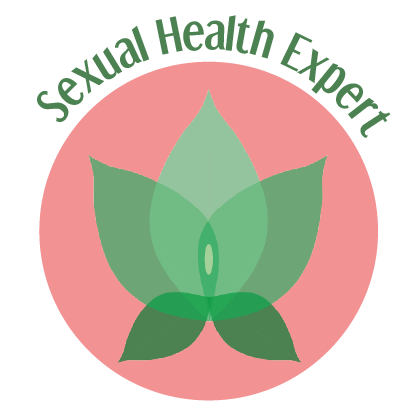Understanding HIV: A Friendly Guide to Knowledge
Overview
HIV, which stands for Human Immunodeficiency Virus, is a virus that attacks the immune system, specifically the body's ability to fight infections. If left untreated, HIV can lead to AIDS (Acquired Immunodeficiency Syndrome), which is a more severe stage of the infection. It's important to understand HIV to break down stereotypes and help those affected by it. Let’s explore the symptoms, causes, diagnosis, treatment, and ways to live with and prevent HIV.
Symptoms
The symptoms of HIV can vary from person to person and can change as the virus progresses through different stages. Here are some common symptoms to look out for:
Early Symptoms: A few weeks after exposure, some people may experience flu-like symptoms, including:
Fever
Fatigue
Swollen lymph nodes
Sore throat
Chronic Symptoms: As HIV progresses over several years, symptoms might include:
Night sweats
Weight loss
Recurrent infections
Skin rashes
Late Symptoms: In the final stage (AIDS, also known as symptomatic HIV), people may experience more severe symptoms, like:
Prolonged fever
Pneumonia
Fatigue and weakness
Unexplained weight loss
Causes
HIV is transmitted through certain bodily fluids, such as blood, semen, vaginal fluids, and breast milk. Understanding how HIV is spread is vital for prevention:
Sexual Contact: Unprotected sex with an infected person is one of the main ways HIV is transmitted.
Sharing Needles: Using needles or syringes that have been used by someone with HIV can spread the virus.
From Mother to Child: An infected mother can pass HIV to her baby during birth or through breastfeeding.
Blood Transfusions: While rare in many countries due to strict testing, receiving infected blood can transmit HIV.
Diagnosis
Getting diagnosed with HIV is important for your health and for preventing the spread of the virus. Here's how the diagnosis process typically works:
Testing: There are different types of HIV tests, including blood tests and oral swab tests.
Antibody Tests: These tests check for antibodies to the virus, which the body makes in response to HIV.
Viral Load Tests: These measures the actual amount of the virus in the blood and help determine the stage of infection.
If you think you might have been exposed to HIV or if you're showing symptoms, it’s critical to get tested. Early diagnosis can lead to more effective treatment!
Treatment
While there is currently no cure for HIV, there are effective treatments that help people live long, healthy lives:
Antiretroviral Therapy (ART): This is the main treatment for HIV. It involves taking a combination of medicines that help control the virus and maintain a healthy immune system.
Regular Doctor Visits: Regular check-ups are vital to monitor the infection and adjust treatment as necessary.
With proper treatment, many people with HIV can achieve an undetectable viral load, meaning the virus is not transmittable to sexual partners.
Living with HIV
Living with HIV can be challenging, but many people lead fulfilling lives. Here are some tips:
Stay Informed: Knowledge about HIV can help you make informed decisions regarding your health and relationships.
Build Support: Connecting with friends, family, or support groups can help you cope with the emotional aspects of living with HIV.
Healthy Lifestyle: Eating well, exercising, and managing stress can positively impact your overall well-being.
Prevention
Preventing HIV is crucial in reducing its spread. Here are some methods to help you stay safe:
Use Condoms: Condoms can significantly reduce the risk of HIV transmission during sex.
Get Tested: Knowing your status and that of your partner is key to prevention.
Pre-exposure Prophylaxis (PrEP): This is a medication that people at high risk of HIV can take to prevent infection. Can be obtained here.
Avoid Sharing Needles: Always use clean needles for any injections.
By following these prevention tips and staying informed, you can help reduce the risk of HIV for yourself and others.
Understanding HIV is essential in fostering empathy and support for those affected by it. With proper knowledge, treatment, and preventive measures, we can all contribute to a healthier, more informed community.
